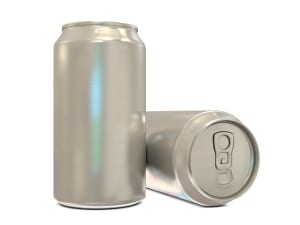
The United States’ aluminum industry annually produces about $40 billion in products and exports… using a lot of bauxite.
We have written several blog articles about aluminum, and even offered an aluminum infographic. There is a major demand for aluminum across the world. According to the United State Environmental Protection Agency, “In 2011, the United States generated about 1.9 million tons of aluminum as containers and packaging. About 1.6 million tons of aluminum were used to make durable and nondurable goods, such as appliances and automobile parts.”
According to the Aluminum Association, ‘the United States’ aluminum industry annually produces about $40 billion in products and exports. Aluminum is one of the few products and industries left in America that truly impacts every community in the country, either through physical plants and facilities, recycling, heavy industry, or consumption of consumer goods.’
But where is all this aluminum coming from? Bauxite. Bauxite is an important mineral in both the metals industry and the mining industry. Globally, bauxite is the primary source of aluminum (Al) ore and a major industry in many countries including China, Australia, and Brazil.
Bauxites are typically classified according to their intended commercial application: abrasive, cement, chemical, metallurgical, refractory, etc. Determining the amount of those ‘impurities’ becomes just as important as the mineral itself. However, analysis of Al, silicon (Si), and iron (Fe) presents unique challenges. Accurate analysis of all three is critical for understanding their influence on the processing and production of the primary metal of interest. Previously, it was not possible to measure light elements such as Al and Si in the field without helium (He) or vacuum systems. This often meant costly time delays and reduced productivity while waiting for laboratory results.
Using geometrically optimized large area drift detector technology makes bauxite analysis more accurate and efficient. Recently, fourteen certified reference materials (CRM) and in-house standards were packed into standard XRF sample cups fitted with polypropylene film and measured for 120 seconds (on the light filter for Al and Si) and 30 seconds (on the main filter for Fe). Take a look at this bauxite application note to see the correlation curves for Al, Si, and Fe, with certified results vs. the handheld XRF results. The results show that XRF analyzers, utilizing geometrically optimized large area drift detector (GOLDD™) technology, deliver fast analysis for intensive metals, precious metals, and especially light elements like aluminum.






Leave a Reply